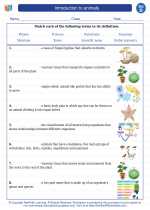Chemical Bonding
Chemical bonding is the process by which atoms combine to form molecules and compounds. It is the attractive force that holds atoms or ions together. There are three main types of chemical bonds: ionic, covalent, and metallic.
Ionic Bonding
In ionic bonding, atoms transfer electrons to achieve a full outer shell. This creates ions with opposite charges that are attracted to each other. Ionic bonds typically form between a metal and a nonmetal.
Study Guide for Ionic Bonding
- What is ionic bonding?
- How do atoms achieve a full outer shell in ionic bonding?
- What types of elements typically form ionic bonds?
Covalent Bonding
In covalent bonding, atoms share pairs of electrons to achieve a full outer shell. This creates molecules with distinct shapes and properties. Covalent bonds typically form between nonmetal atoms.
Study Guide for Covalent Bonding
- What is covalent bonding?
- How do atoms achieve a full outer shell in covalent bonding?
- What types of elements typically form covalent bonds?
Metallic Bonding
In metallic bonding, electrons are delocalized and free to move throughout the metal lattice, creating a "sea of electrons" that holds the metal ions together. This allows metals to conduct electricity and heat well.
Study Guide for Metallic Bonding
- What is metallic bonding?
- How are electrons arranged in metallic bonding?
- What properties do metals exhibit due to metallic bonding?
Understanding chemical bonding is essential for comprehending the behavior and properties of different substances. It also provides the foundation for understanding chemical reactions and the formation of new substances.
[Chemical Bonding] Related Worksheets and Study Guides:
.◂Science Worksheets and Study Guides Fourth Grade. Introduction to animals

 Worksheet/Answer key
Worksheet/Answer key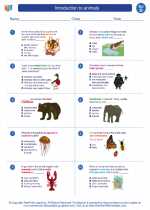
 Worksheet/Answer key
Worksheet/Answer key
 Worksheet/Answer key
Worksheet/Answer key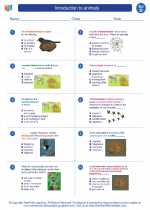
 Vocabulary/Answer key
Vocabulary/Answer key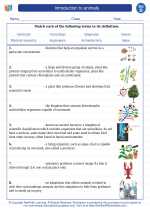
 Vocabulary/Answer key
Vocabulary/Answer key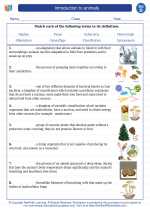
 Vocabulary/Answer key
Vocabulary/Answer key
 Vocabulary/Answer key
Vocabulary/Answer key